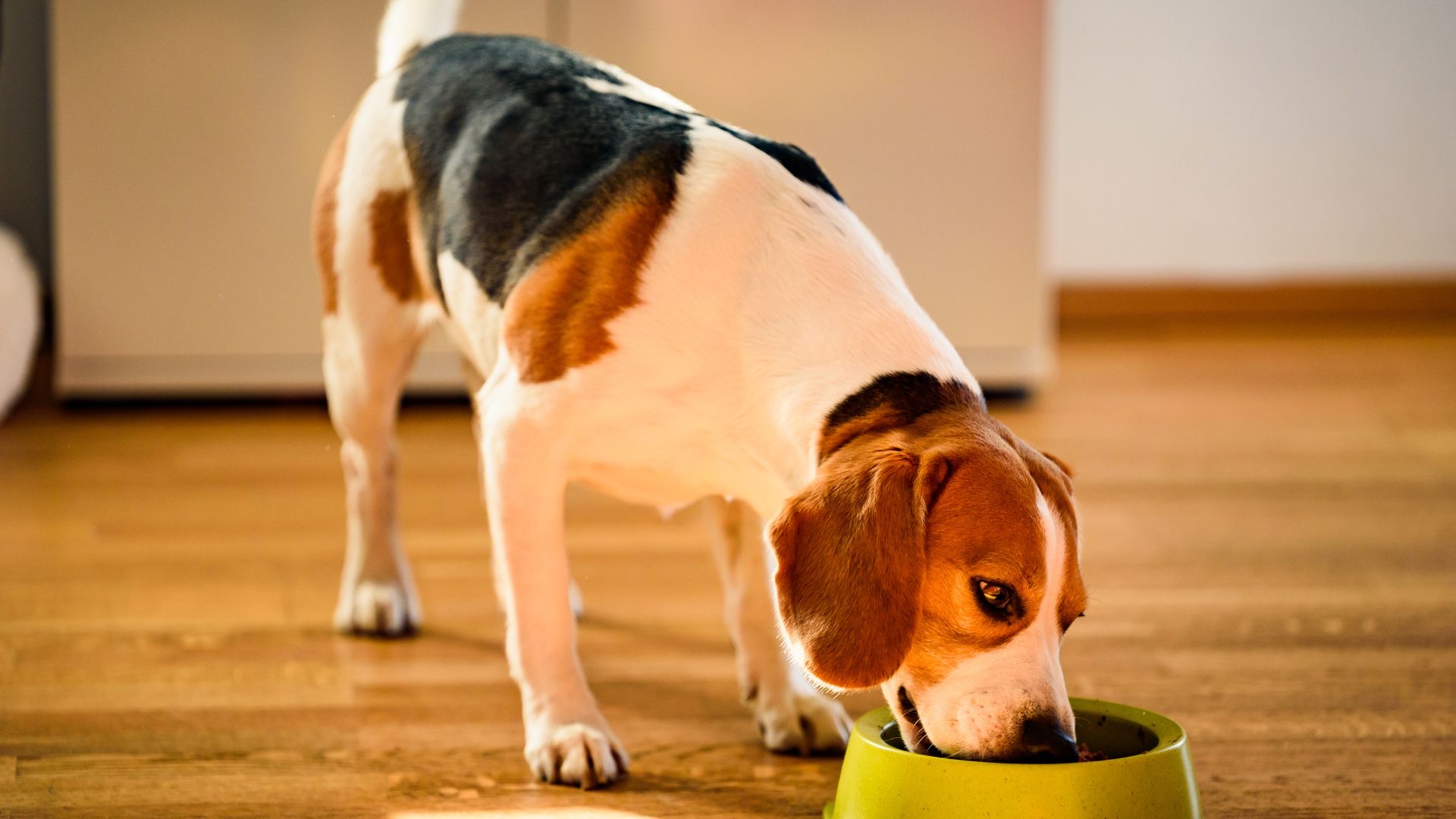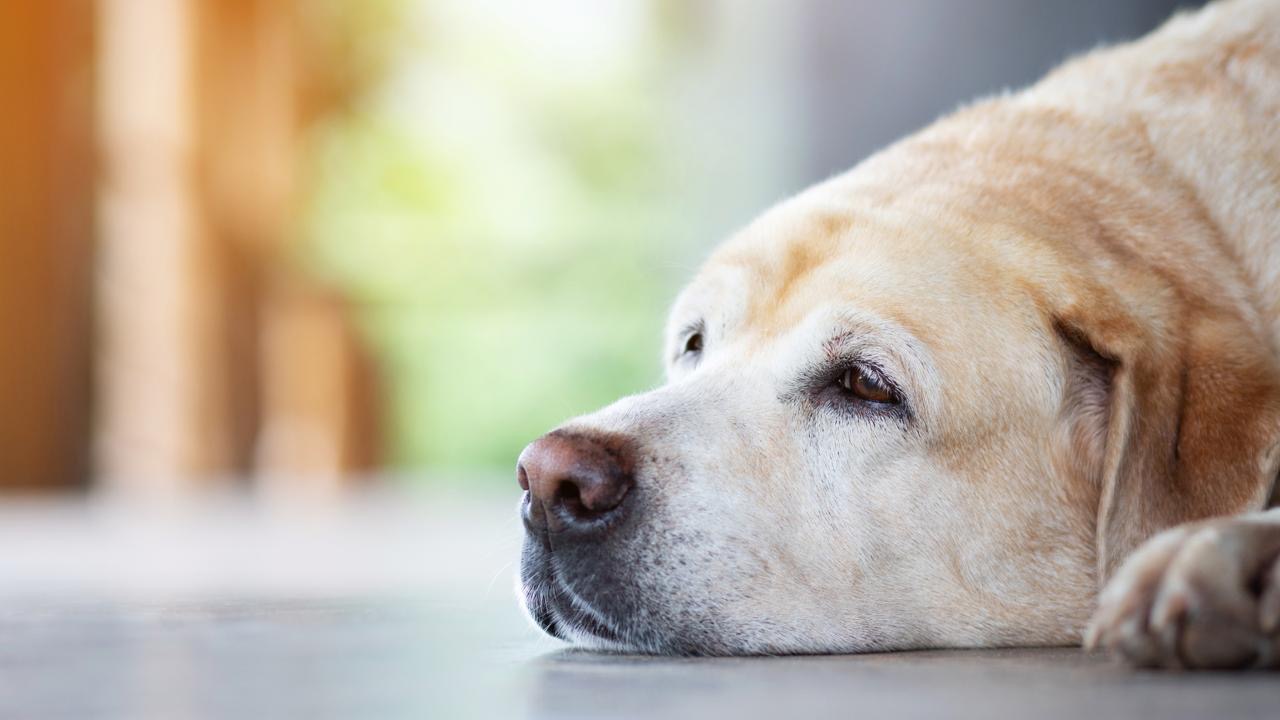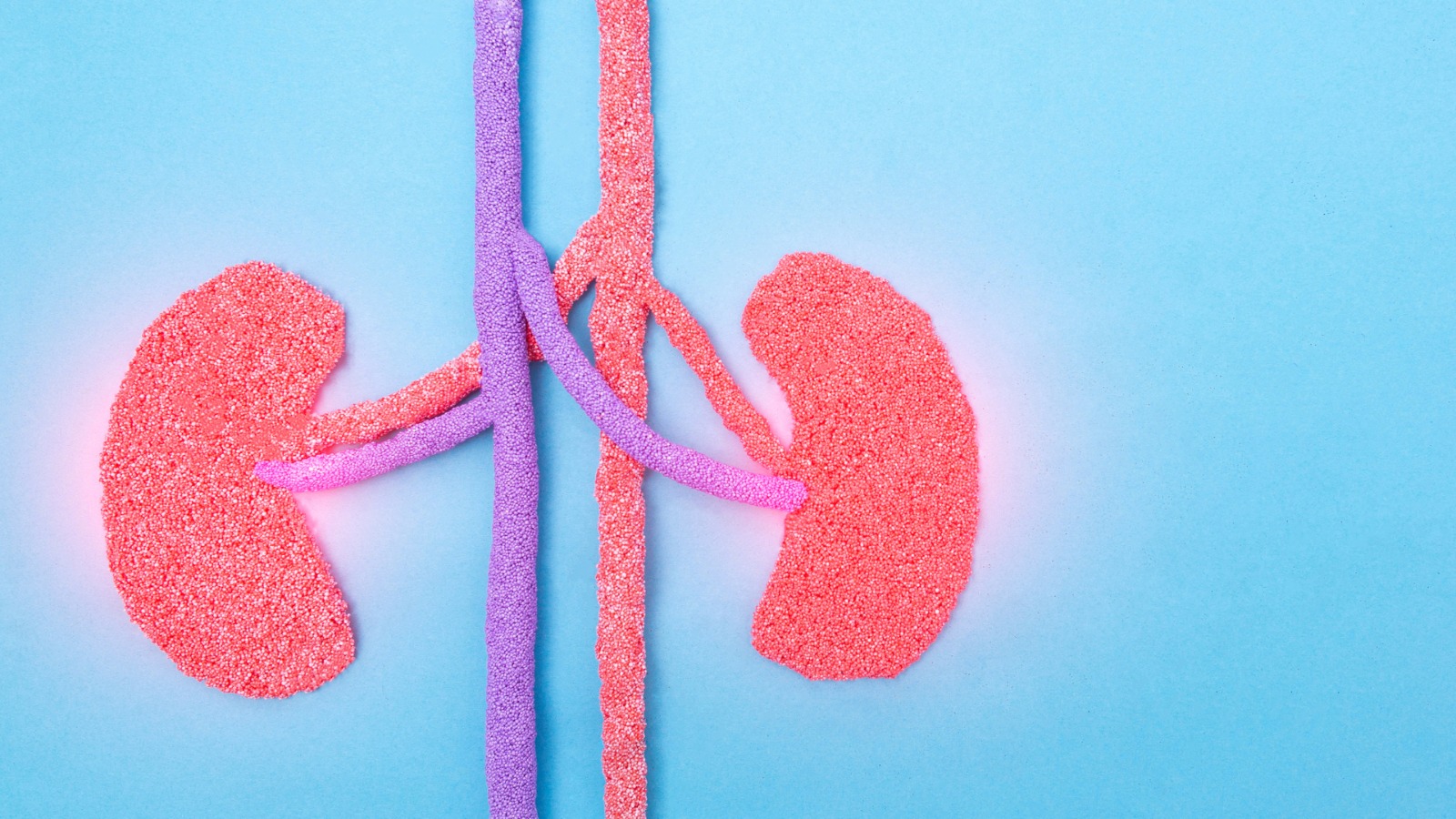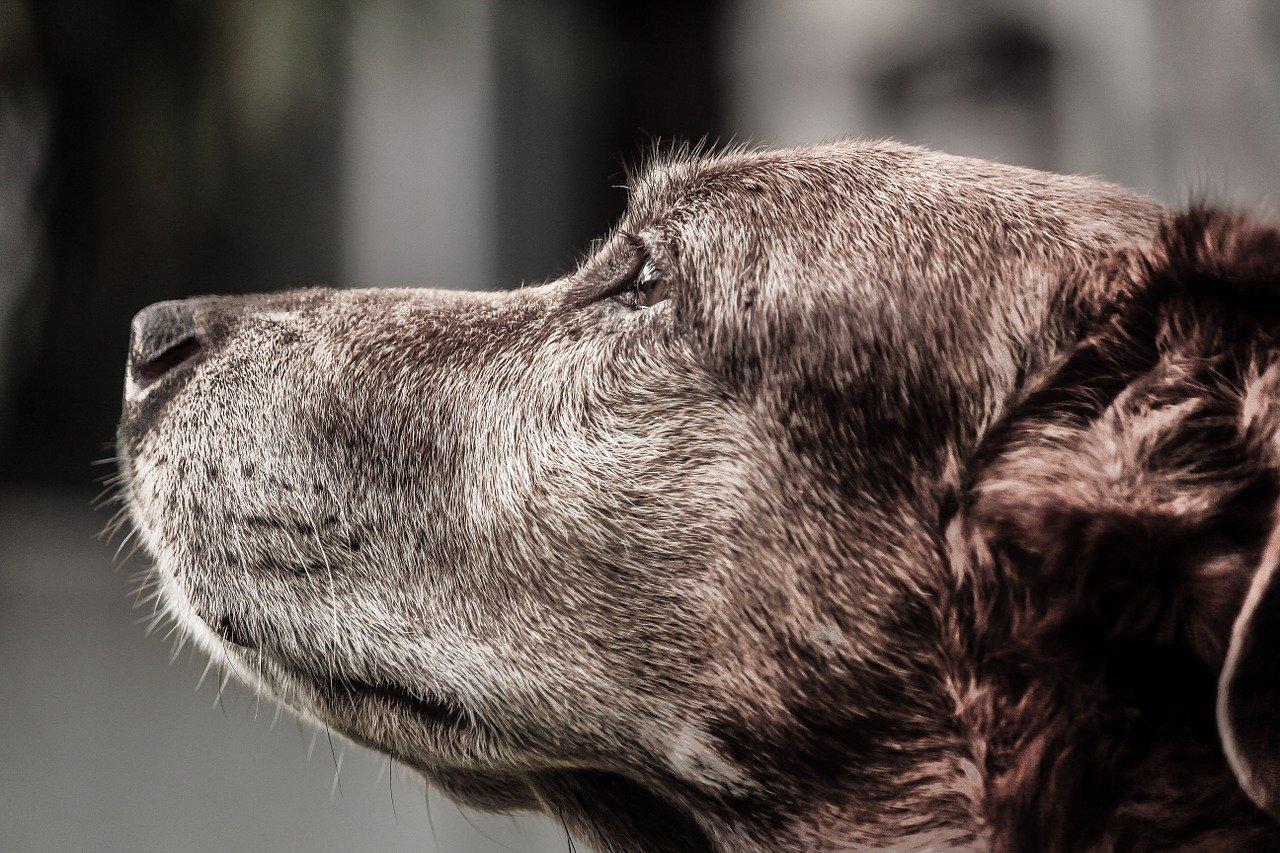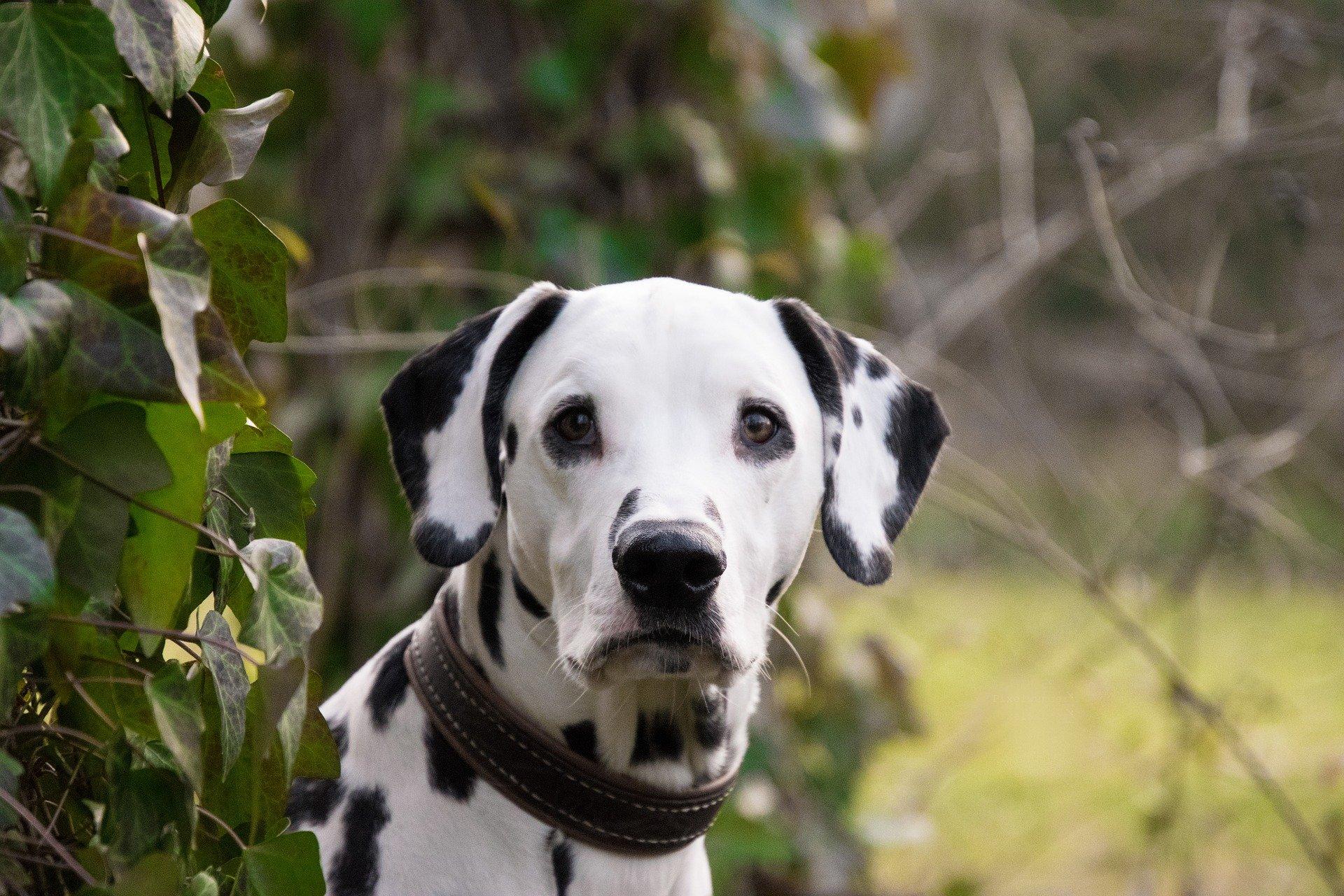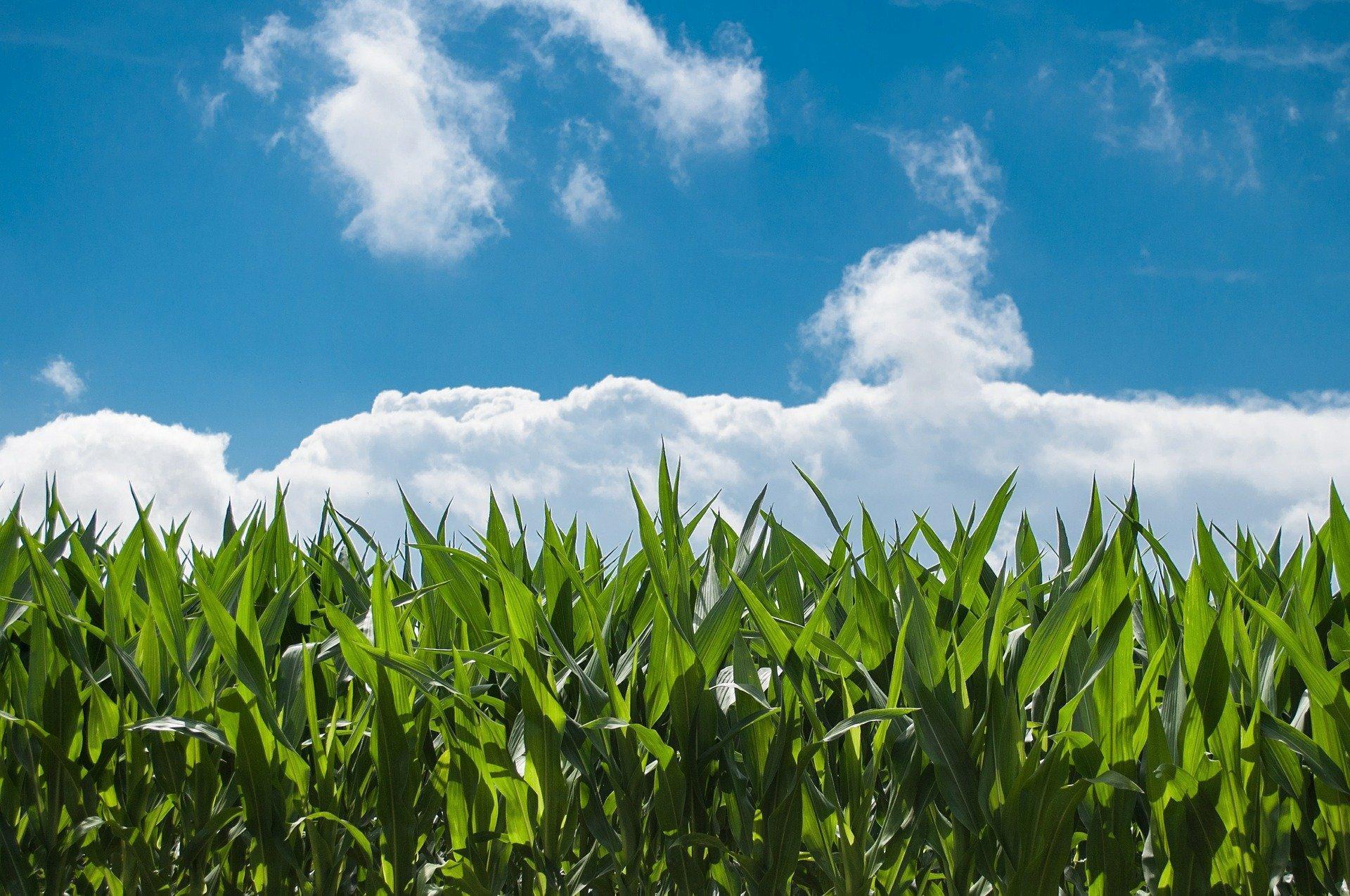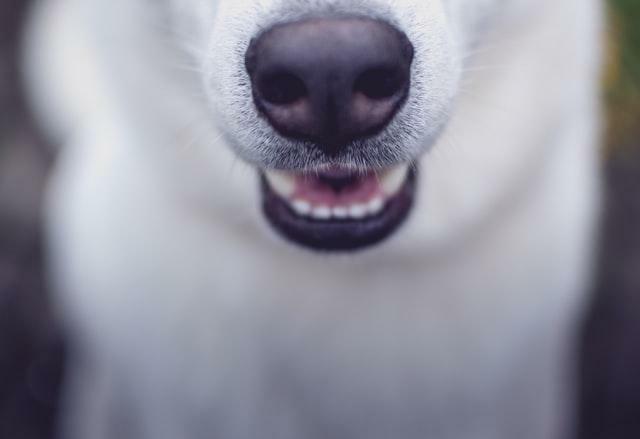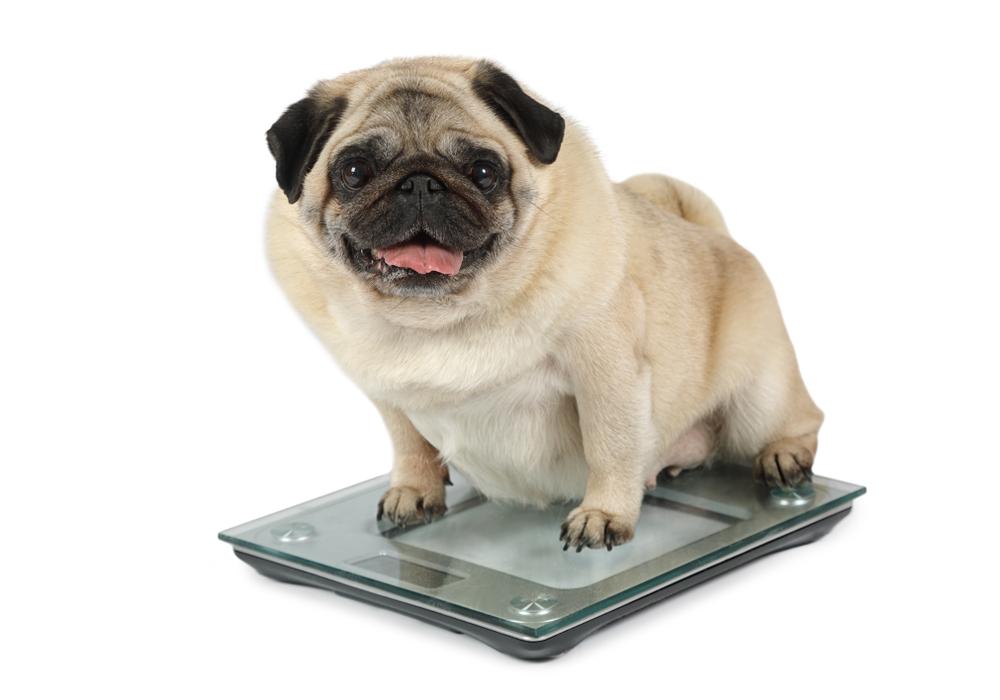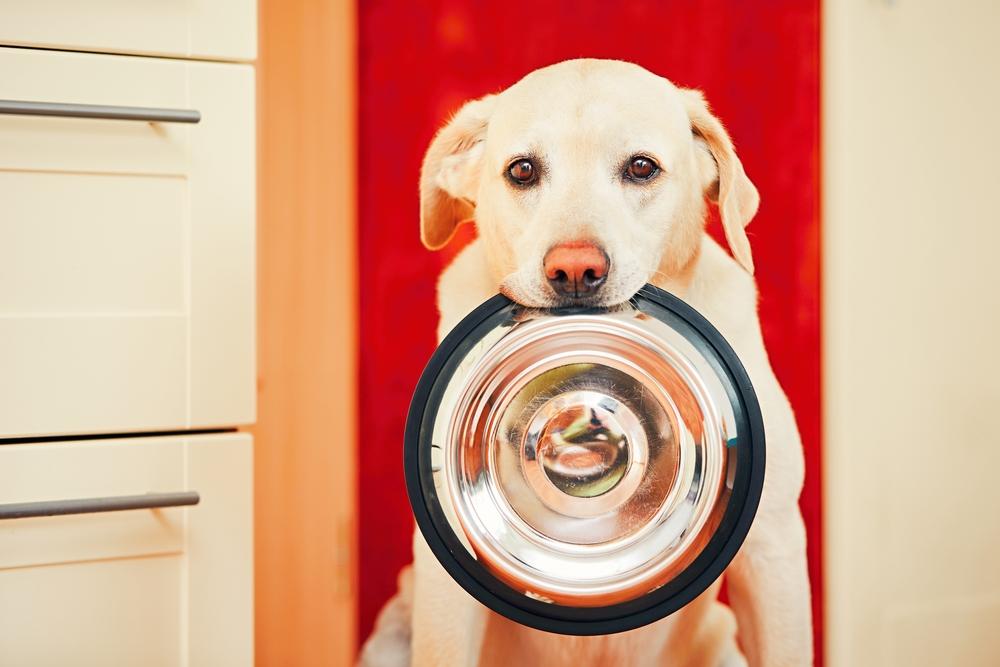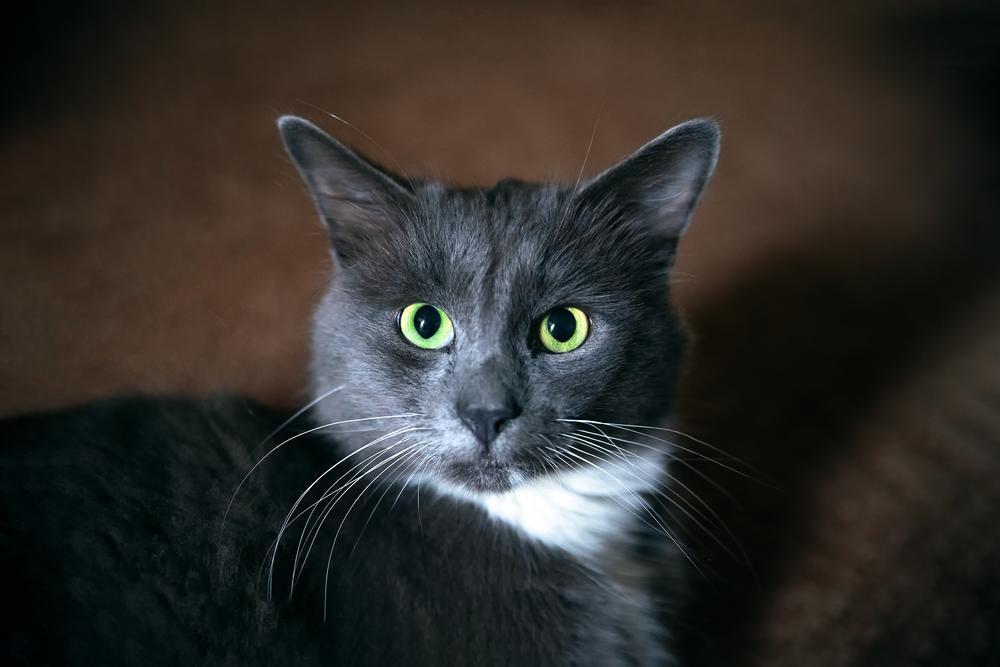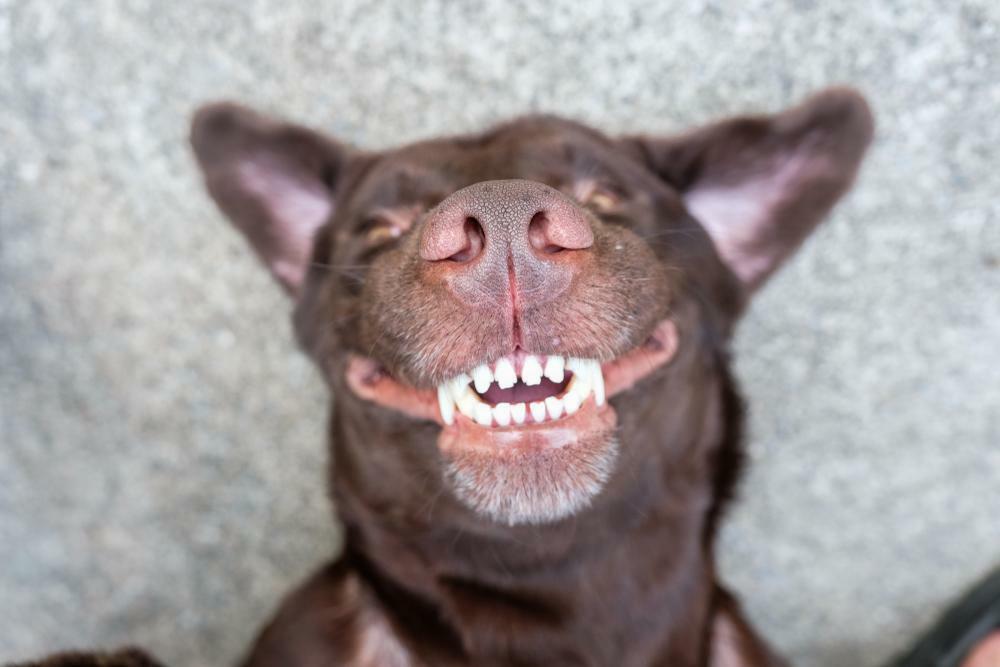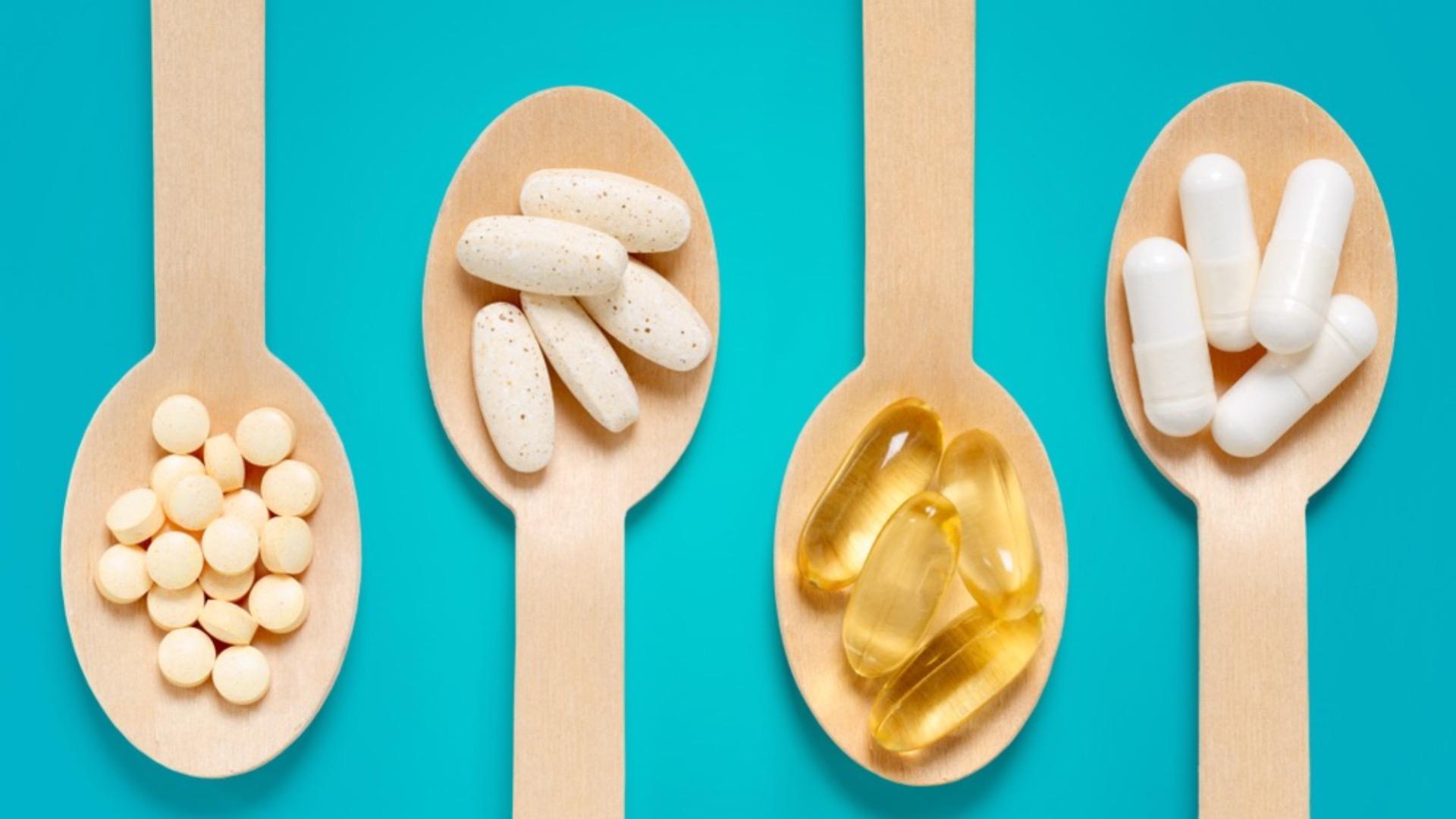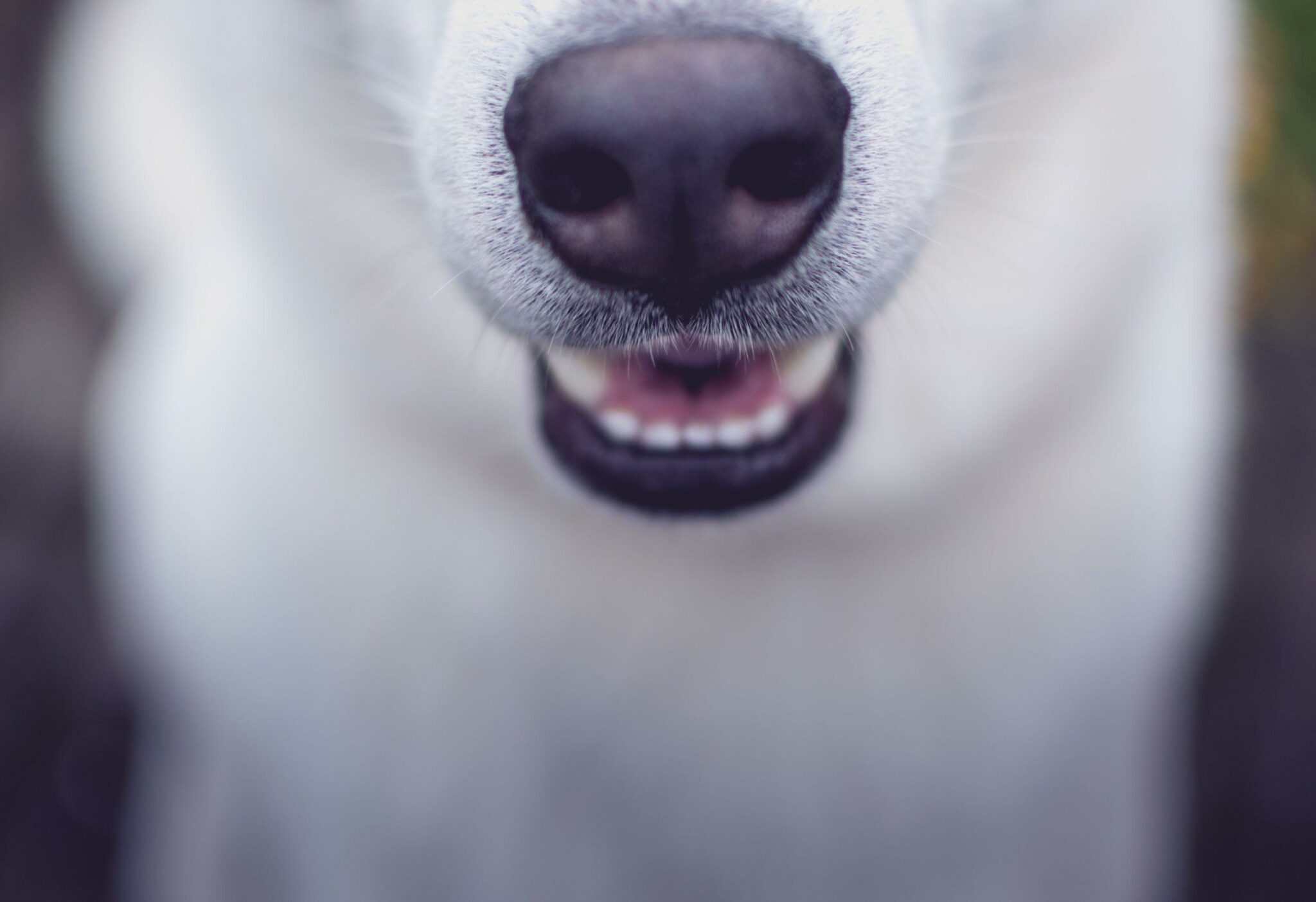Alison’s mother had chronic kidney disease (CKD) and from having a 2-year prognosis based on a bad heart condition, we wanted to get her off dialysis and extend her life expectancy. Alison was a clinical nutritionist at the time (for humans), with a focus on functional medicine and so made it her mission to get her in a better state of health and mind. This condition was never going away but life could be easier for her. After much research and countless testing, we discontinued dialysis, created an impeccable diet and added in a supplement regime. Her mother continued on to have another 8 years with pretty much problem free health (other than the obvious).
Ever since then, Alison has seen a lot of cats and dogs with the same problem. Although their nutritional requirements are different to humans, the general rules and pathophysiology’s apply. It’s all a balancing act at maintaining health that can be finely tuned to help with wellness. We are not ‘kidney-ing around’, so read on!
Kidney disease – chronic and acute
If your pet is presenting with kidney disease, it’s either acute or chronic.
Acute Kidney disease presents suddenly and is more easily reversed. Acute is usually due to an obstruction or ingesting a toxic substance or some such case. Prognosis is always better than chronic.
ChronicKidney Disease (CKD) can take months or even years to identify itself. In fact,most pets don’t even show symptoms until 70-75% of kidney function has been lost!
Signs and symptoms of CKD
There are number of signs and symptoms in CKD. If any of these arise consistently, you should go to the vets and get it checked out. I would say the first signs would be excessive thirst and weight loss but this is an extensive list:
- Ascites (swelling of the abdomen)
- Blood in urine
- Diarrhea
- Decreased urination
- Urinating outside of the litter tray
- Frothy urine
- Increased water consumption and increased urination
- Lack of appetite and weight loss
- Lethargy
- Pale gums as a result of anaemia
- Ulcers on the tongue, inside cheek or gums
- Joint swelling in conjunction with some of the above
- Muscle wastage (this tends to appear when advanced)
- Seizures
- Blindness
- Vomiting
- Weight loss
Unfortunately, the majority of these aren’t necessarily specific to CKD as signs and symptoms can vary from case to case. A visit to the vets as soon as any symptoms arise is always the best option.
Kidney Function
Kidneys have a lot to do and help filter the blood by getting rid of waste products such as glucose, salts, urea, uric acid and unwanted water. The waste products and additional water become urine, which eventually gets eliminated when your pet urinates.
The filtering of waste is done by a network of tiny nephrons, as blood passes from the capillaries through the nephrons, essential molecules are kept, but waste products are removed and expelled as urine.
The kidneys help regulate the amount of water they retain in our blood and their bodily potassium and sodium levels.
The kidneys also produce three major hormones that help regulation of other mechanisms. Calcitriol is a form of vitamin D that helps calcium absorption, Erythropoietin encourages bone marrow to produce red blood cells and renin helps to regulate blood pressure.
Diet for CKD
The checklist for CKD
- A fresh and unadulterated fresh food diet
- Low in Phosphorus (0.2% – 1% dry matter)
- Moderate in protein
- Omega fats and antioxidants
- Low in salt (added salt in particular)
- Super tasty and easily delivered(hunger can decrease in CKD)
- Regulated treats that are part of thedaily calorie intake
- No leftovers fed off the plate
The use of an appropriately formulated diet is the only treatment that has been shown to prolong survival times and improve quality of life in pets with CKD. We have seen the best results with freshly fed pets on a specific formulated diet whether it be home cooked or raw. Cooking tends to reduce phosphorus levels and is often preferred over raw food.
Dry food is a big ‘no no’ in CKD. Dry foods are dehydrating to the bowel, this delivery system can increase thirst and tax the kidneys further. Fresher and more bioavailable proteins are more effective as the kidney’s don’t have to work quite so hard. The protein in dry food can be cross-linked and not very easily assimilated. Dry foods are often higher in sodium and contain a large content of starch, both inappropriate for cats and dogs and kidney disease.
Restricting dietary protein is controversial as testing and research was mostly based on processed food fed cats and dogs with limited solid findings. There isn’t a clear consensus as to what level protein intake should be reduced to in the diet of pets with CKD. In stage 1 and 2 CKD, we find moderate levels of fresh and more bioavailable proteins, low in phosphorus and reduced sodium and potassium is the best. We always work with blood tests to see the markers of poor function such as urea and other nitrogenous substances and get a professional to formulate for you.
The type of protein you feed a dog with CKD should also be considered. Protein with high biological values leaves less waste behind. For this reason, protein derived from sources such eggs, fish and meats are preferable to vegetable-derived protein such as tofu.
In pets with CKD, the excretion of phosphorous is impaired, which can result in further damage to the kidneys. Therefore, while an important component of a healthy pet’s diet, phosphorous should be restricted somewhat. In fact, dietary restriction of phosphorous has been shown to slow down the progression of CKD and this has been key to my practice in pet nutrition.
Foods highest in phosphorus include raw bones, dairy products, organ meats, and egg yolks. That does not mean not to feed these foods at all, as they are an important component of a healthy diet, but they should be fed in moderation.
When it comes to sodium, there are clear benefits to restricting it in the diets of people with CKD. The calcium and phosphorus levels have to be finely tuned for this very reason. Calcium is especially important because it binds to phosphorous and therefore helps to remove excessive amounts of phosphorous from your pet’s body. They are both incredibly important minerals for your pet’s health.
It’s recommended that sodium levels should be restricted moderately. This is because excessive levels of sodium can over work the kidneys but still required for other important bodily functions. Sodium and trace minerals are always better received from whole foods and healthier versions of salt such as Himalayan.
Sodium, potassium and magnesium can put a high strain on the kidneys and needs to be considered carefully when formulating a diet. We find ionic solutions, that are charged and not easily excreted from the body are good to give every once in a while to reinstate any mineral deficiencies, if there are any.
Treats
Treats and tidbits are fine for cats and dogs with CKD as long as they fit the dietary criteria and don’t exceed the daily feeding amount.
Water
Urination is frequent and thirst can be common in CKD as the body wishes to rid itself of toxins. Giving fresh filtered water is essential. Unfortunately, a lot of tap water contains toxins such as chlorine, fluoride, aluminum, nitrates, insecticides, herbicides, prescription medications and more. This will only further put pressure on the system.
There’s a fine balance between keeping hydrated and not over taxing the kidneys. We find a fresher diet and balanced diet for the kidneys may reduce excessive thirst.
To keep things more interesting a broth could be a great alternative to water. However, be careful the broth doesn’t contain high levels of sodium.
Supplements to consider
B vitamins such as methylated forms of folate (B9) and cobalamin (B12) are essential in this case. A B complex is best to support kidney function. I often find food alone doesn’t offer enough support.
Omega-3 fatty acid are essential in supporting CKD patients. In particular, it’s recommended to include EPA and DHA for their anti-inflammatory effects. Polyunsaturated omega fatty acids such as olive oil can slow the decline of kidney function associated with CKD but omega-6 fatty acids have been found to be harmful. I prefer certain types of clean fish oil such as sardines and algae oil. Frozen sardines are better than canned as this can pose mercury problems if fed frequently.
CoQ10 (Co Enzyme Q10) in CKD is a wonderful adjunct to their diet. Researchers have found evidence that a milligram of CoQ10 per pound of body weight daily may help reduce creatinine levels.
Cordyceps Cicadae is a mushroom widely used in traditional Chinese medicine (TCM) and has potential reno-protective benefits. We have recommended this rather successfully and research shows that it can radically reduce toxins and chemicals in the blood. In TCM, the kidney’s hold anxiety and life source. Energy levels can be low when the kidneys don’t work well. Cordyceps has also been researched for energy production and sports performance with great promise.
Bentonite Clay has been proven to help in CKD as it can bind to phosphorus. How and when you use this wonderful ingredient is very important.
Summary
In summary making a fresh diet with supplements for CKD clients is a great way to prolong survival prognosis and improve quality of life. In general, damage done to the kidneys can’t be reversed but there are lots of things you can do support kidney function as long as it’s not late stages in the disease.
Seeking professional advice is always recommended.
If you want to find out more, check out our:
consultation
Thanks for reading folks.
MPN Team x

